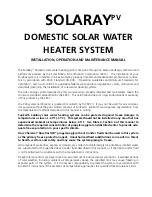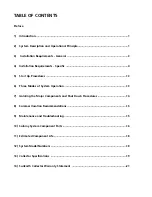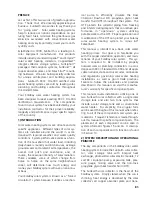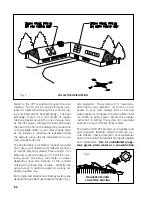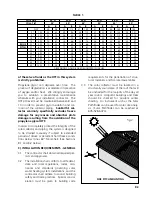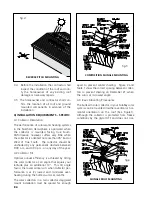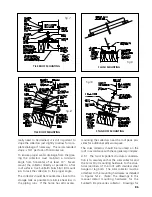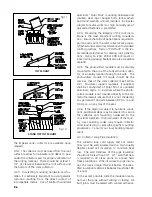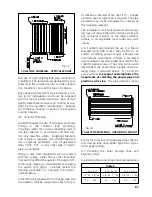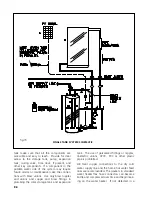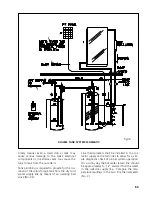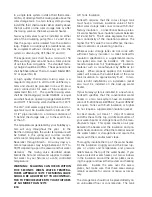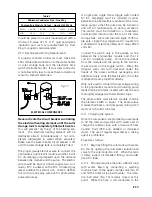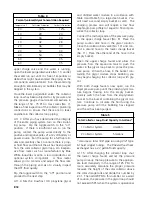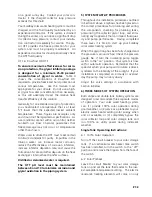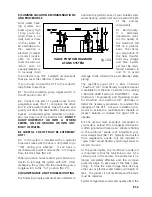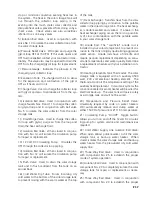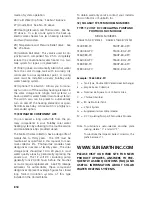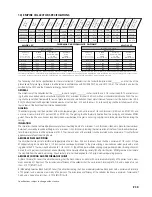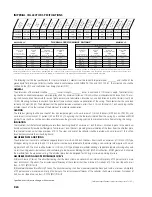
the Imperial series collector are available upon
request).
4.3.2 The collector must be raised from the roof
surface to allow for rainwater and debris to pass
under the collectors and for proper ventilation of
the roofing material. There should be at least 1
1/2" of clearance between the roof surface and
the bottom of the solar collectors.
4.3.3 In selecting mounting hardware and fas-
teners it is extremely important to avoid galvanic
corrosion resulting from the direct contact of
incompatible metals. Use of SunEarth anodized
aluminum "Solar Strut" mounting hardware and
stainless steel lag or hanger bolts, lock washers
and round washers is recommended. In climates
subject to severe winters or high humidity use of
galvanized fasteners is prohibited.
4.3.4 Preserving the integrity of the roof mem-
brane is the most important roofing considera-
tion. Ensure that all roof penetrations required to
plumb and mount the solar collector are proper-
ly flashed and sealed in accordance with standard
roofing practices. Tremco "POLYroof" is the rec-
ommended elastomer for sealing roof penetra-
tions. Henry Co. 204, 208 or 209 roof mastic or
Dow Corning Glazing Sealant also are acceptable
sealants.
4.3.5 The photovoltaic module must be securely
mounted to the top of the SunEarth solar collec-
tor, or a nearby location facing True South. The
photovoltaic module tilt angle should be the
same as that of the solar collector (See Section
4.2). Structural support materials, if required,
shall be constructed of Solar Strut or anodized
aluminum angle. In instances where the photo-
voltaic module is not mounted directly to the col-
lector framewall, ensure that it is not shaded by
any permanent obstacle between 9:00 a.m. and
3:00 p.m. on any day of the year.
4.3.6 If the region is subject to hurricane condi-
tions, additional steps may be required to secure
the collector and mounting hardware to the
structural members. In certain areas of the coun-
try, local building codes may require collector
wind load testing or prescribe specific mounting
procedures. Consult your local building depart-
ment.
4.4 Collector Loop Pipe Insulation
The collector loop cold supply and hot return
lines must be well insulated with a high quality
flexible closed cell insulation to minimize heat
loss. The wall thickness of the pipe insulation
should not be less than 3/4". A 1" wall thickness
is required in all areas prone to annual hard
freeze conditions. When it comes to pipe insula-
tion the rule is simple: thicker is better. The spec-
ified insulation material is Rubatex Insul-Tube 180
or equal.
To the extent possible, slide the insulation mate-
rial over the pipe without cutting or taping. All
butt joints must be sealed with contact adhesive.
P.6
fig.11
fig.12
STAND OFF TILT MOUNT
TILT MOUNT


